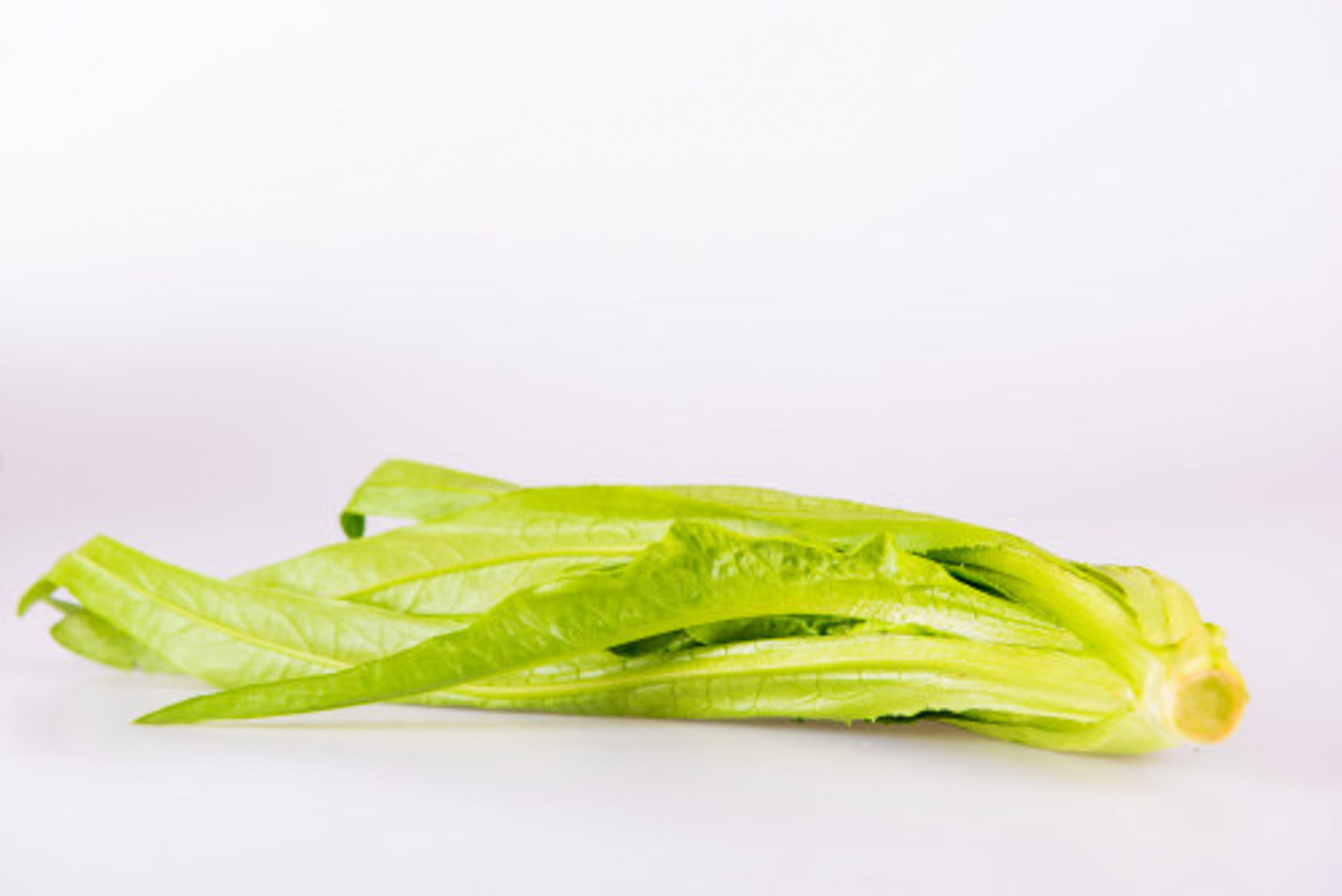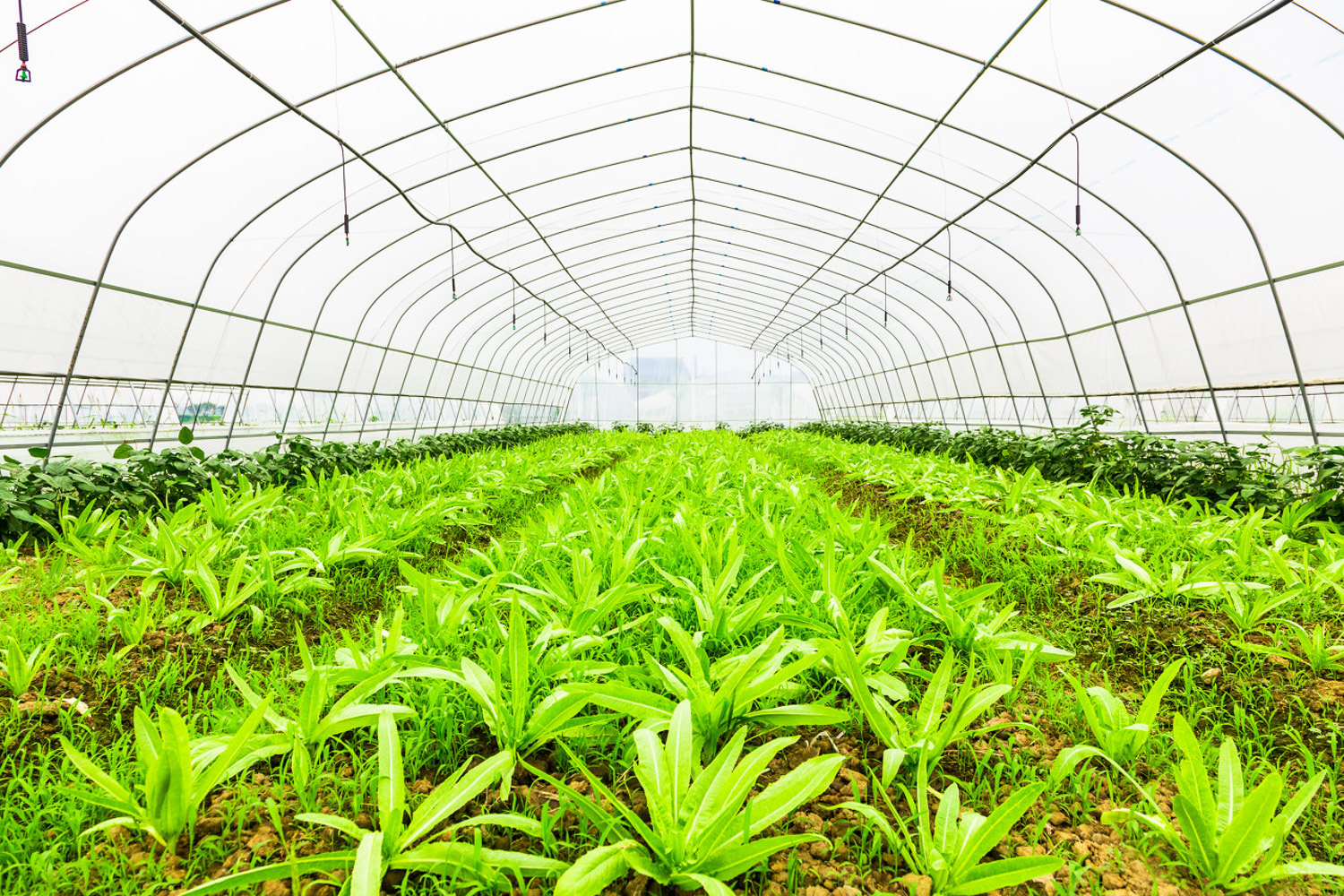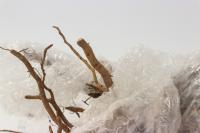1、 Curing method
1. Soil: the soil is fertile, loose and breathable, which can make it grow better. General sandy soil can be used

2. Moisture: it is suitable for growing in the environment with high humidity and a large amount of rain. During the breeding period, the soil should be kept moist and provided with sufficient moisture, so as to harvest robust and leafy oilwheat vegetables
3. Nutrients: before planting, the rotten organic fertilizer shall be evenly scattered in the soil, and then turned and stirred, so as to fully volatilize the nutrients in the soil

4. Light: sufficient sunlight is needed during breeding, but it is not suitable for direct strong light. Too strong light will cause sunburn to its stems and leaves
2、 Breeding skills
1. Pruning: there will be weak seedlings and rotten branches and leaves during the growth period of oil and wheat vegetables. At this time, they should be pruned in time to avoid infecting other robust plants and affecting the absorption of nutrients
2. Breeding: the method of sowing is often used for breeding, and the time is in the middle and early ten days of April and July. Sprinkle the seeds evenly on the soil with sufficient nutrients, then sprinkle a layer of fine soil and spray some water to wet the soil layer. You can see the growth of oil wheat vegetables in about a week

3、 Diagnosis and treatment problems
1. Sclerotinia disease: under the condition of poor ventilation and poor air permeability, sclerotinia disease is easy to occur. Untimely control will cause the whole plant to wither and die. Dilute and spray with Carbendazim and activin
2. Aphid: aphid is a common pest of oil wheat. It can curl the leaves of oil wheat and then survive on the curled leaves. If the pests are not eliminated in time, the yield of oil and wheat vegetables will be greatly reduced. The dilution and spray killing of Pirimicarb can have a good effect

4、 Other issues
1. Edible or not: oil and wheat vegetable is edible, because it is a very common vegetable. People cultivate it for eating
2. Whether it can rain: it can rain, because it is a plant with large water demand. Sufficient water can make it grow better. However, in case of rainstorm, the ponding in the soil should be removed in time


 jackfruit
jackfruit snake plant
snake plant hibiscus
hibiscus hydrangea
hydrangea lavender
lavender Green roses climb al...
Green roses climb al... If you don't pay att...
If you don't pay att... Management of four g...
Management of four g...

































